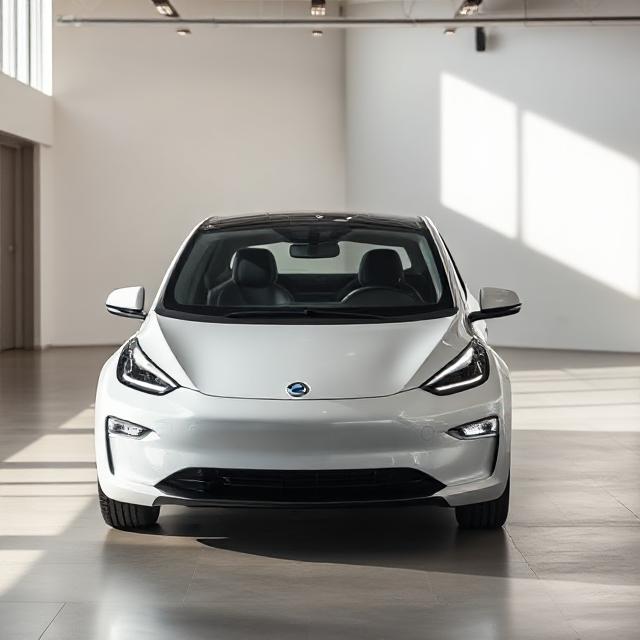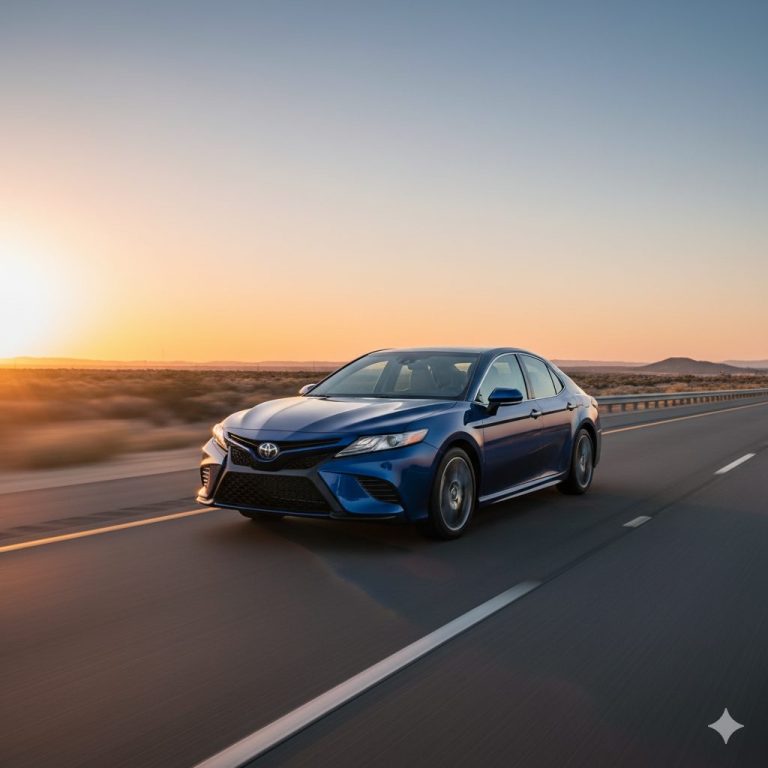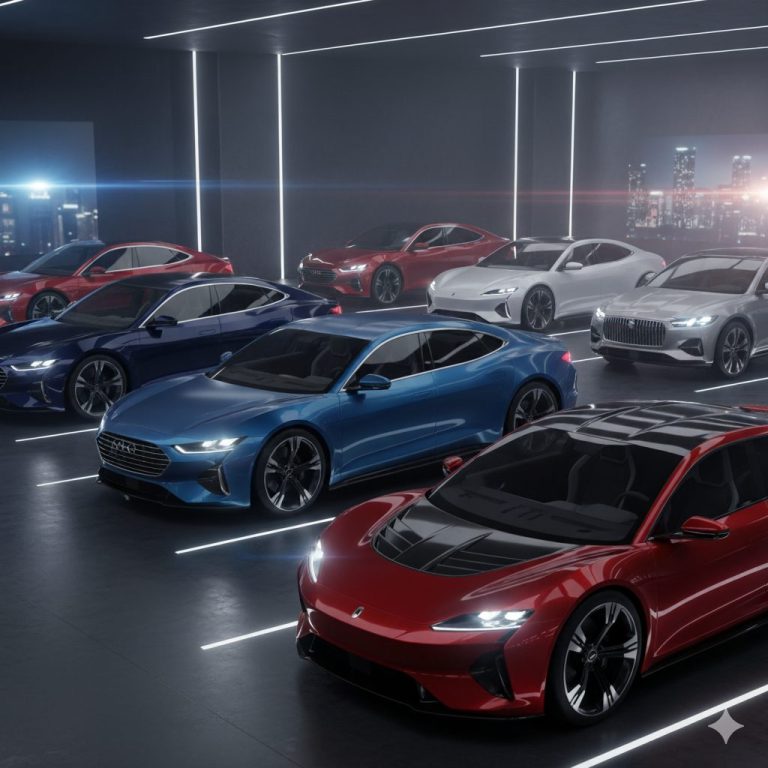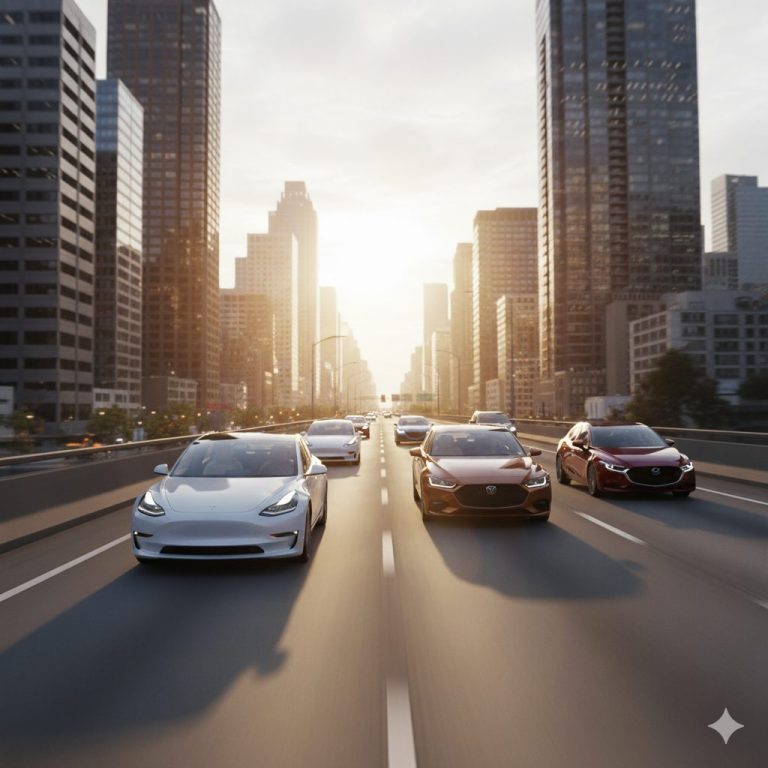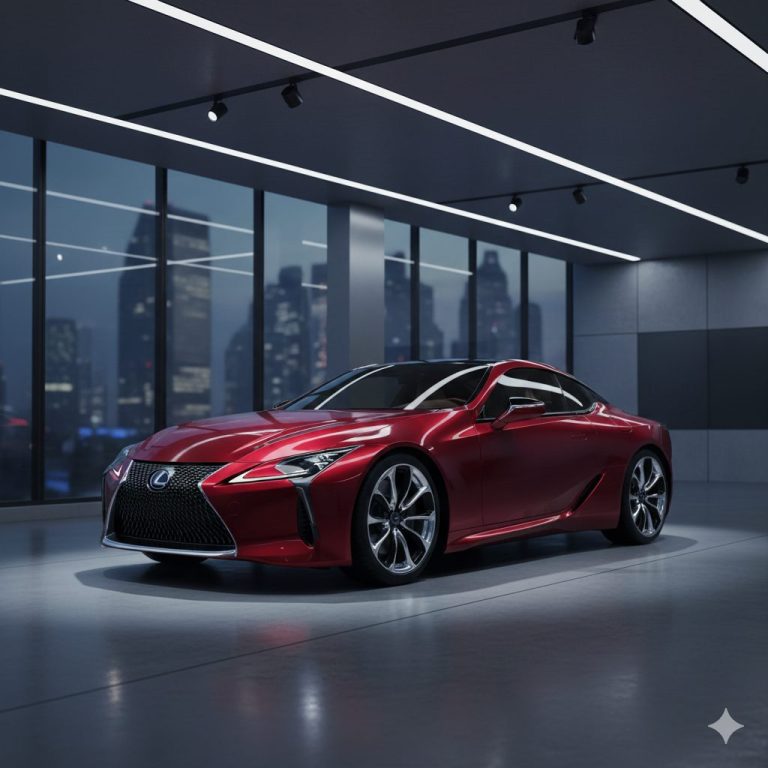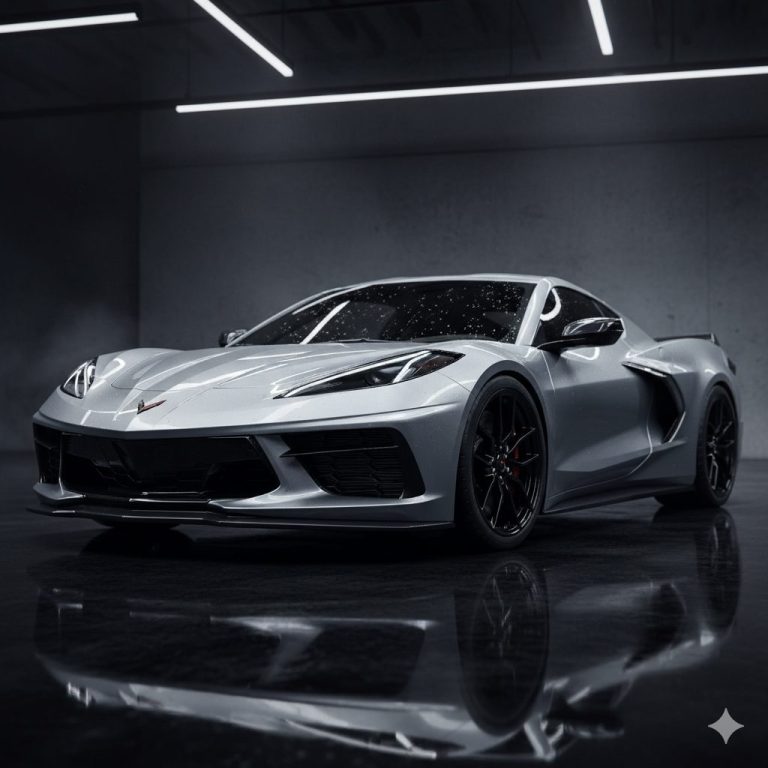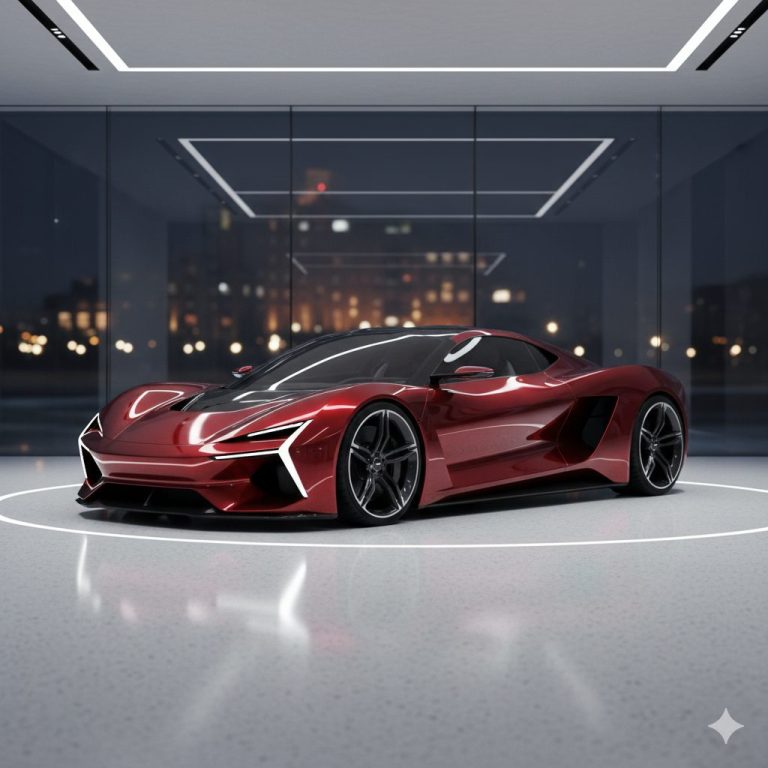12 Electric Vehicles Struggling to Find Buyers
Not every EV story is a success. While the electric revolution charges ahead, some models have been left in the dust failing to spark enough excitement, sales, or confidence among buyers. Whether it’s because of high prices, limited range, dull performance, or fierce competition, these electric vehicles simply didn’t connect with the market. From ambitious startups to surprising flops from big brands, here are 12 EVs that prove even in the future of driving, not every car can keep up.
Fisker Ocean
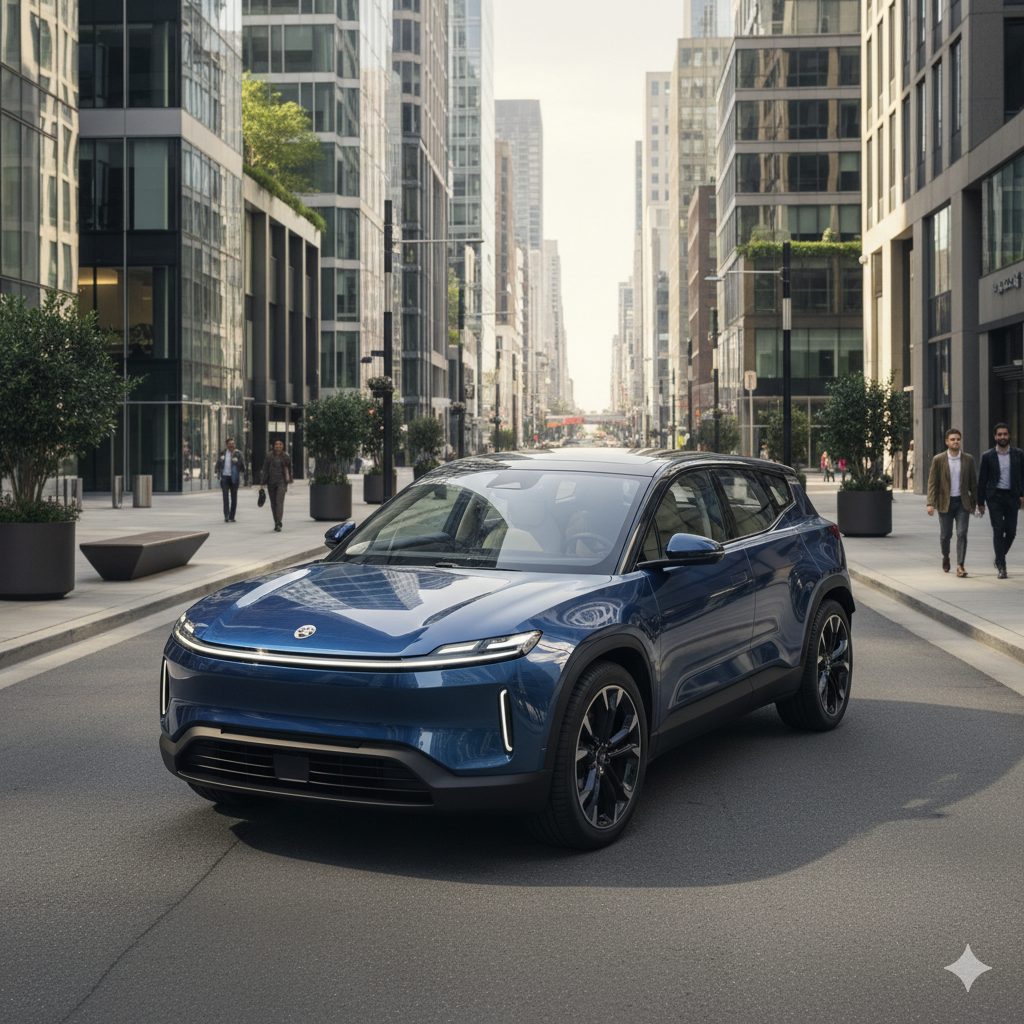
Oh, Fisker. This one is… it’s a drama, honestly. The Ocean itself, on paper, is kinda cool? It’s got this solar roof thing, the interior uses recycled materials, it’s got a funky design. But the company… it’s just been chaos. Production delays, software glitches, and now all this financial trouble. I think it starts around $40,000 for the base model, which is competitive, but who wants to buy a car from a company that might not be around in a year to service it? It’s a shame, because the idea was great.
Genesis GV60
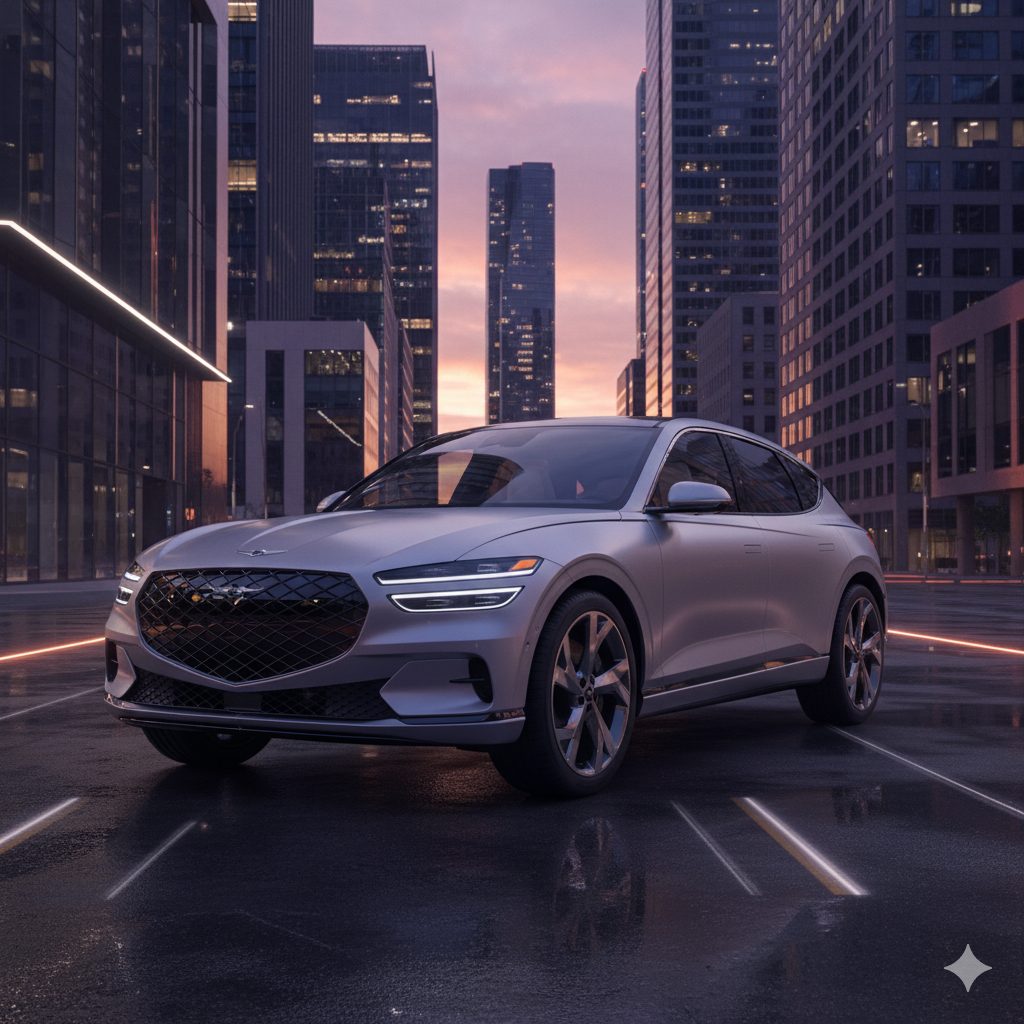
This is a weird one because it’s actually a fantastic car. It’s based on the same platform as the Hyundai Ioniq 5 and Kia EV6, which are super popular. But the Genesis… it’s just not selling. I think it’s the price? It starts at like $53,000, and for that, people just go, “Well, I could get a Tesla Model Y Performance,” or they don’t even know what Genesis is. It’s a luxury brand that’s still building its reputation. The car is gorgeous and packed with tech, but it’s like it’s invisible.
Audi Q8 e-tron
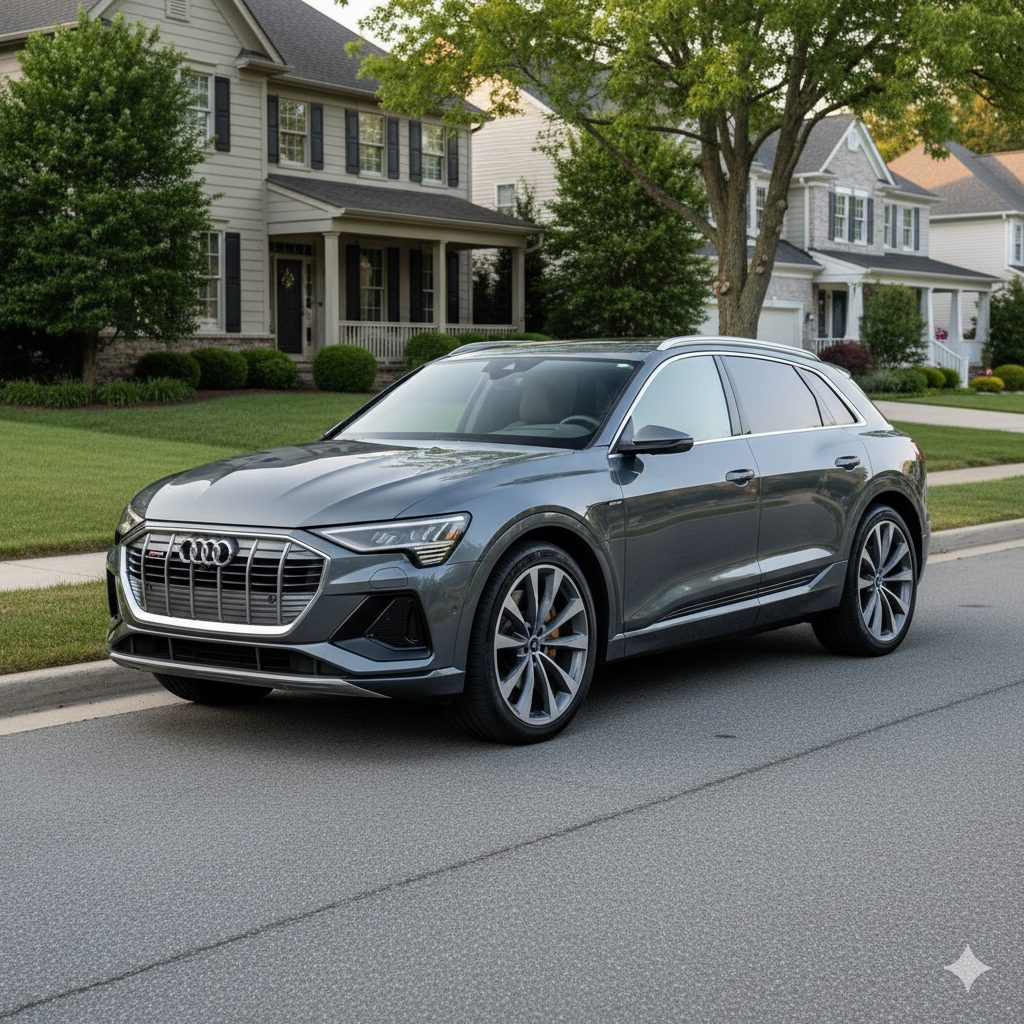
This is basically the old Audi e-tron just… renamed. And I think that’s part of the problem. It feels a generation behind now. The range isn’t as good as the newer competitors, and the design is kinda safe. It’s still a super comfortable, beautifully built Audi, but it starts at like $75,000, and for that money, people expect cutting-edge. It’s like buying last year’s flagship phone at full price.
Nissan Ariya
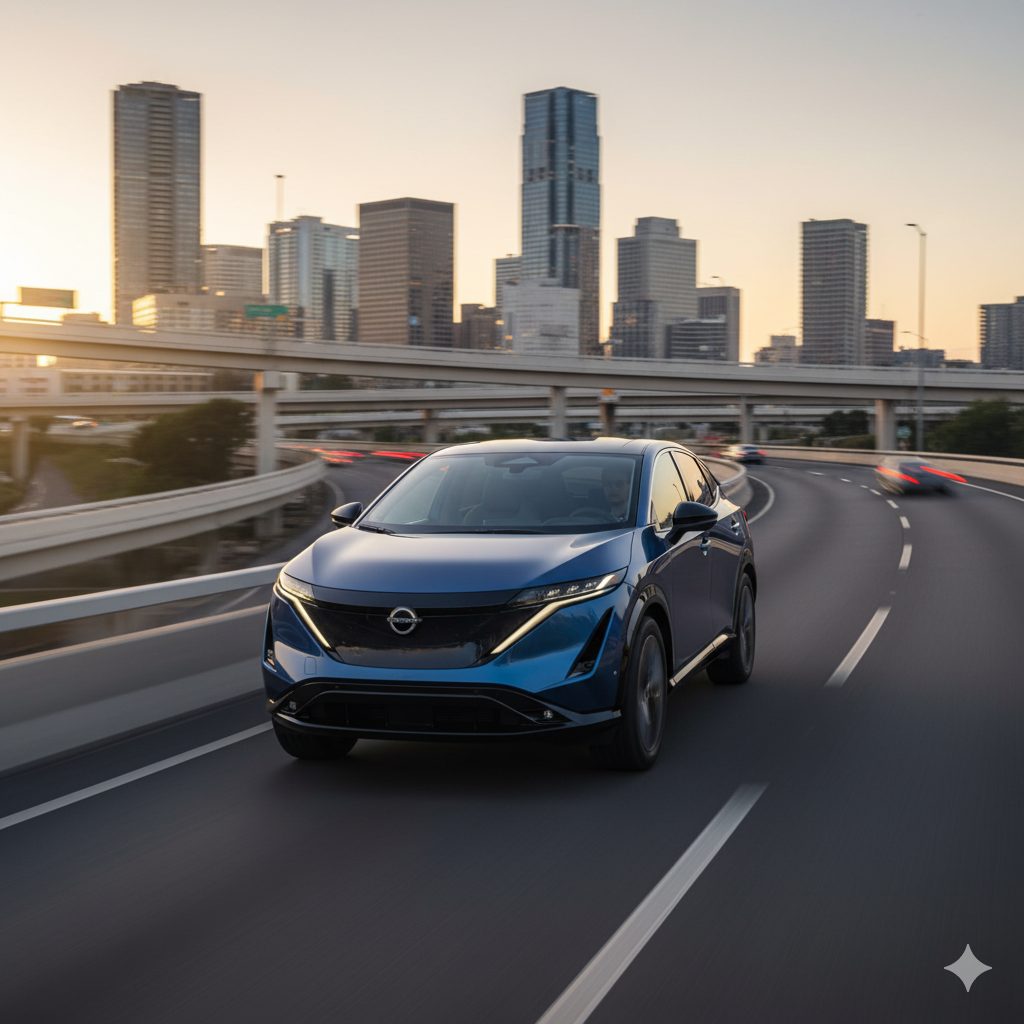
I had such high hopes for this. Nissan was so early with the Leaf, right? But the Ariya… it just took too long to get to market. And when it did, the pricing was a bit ambitious. It starts around $43,000, but to get the good stuff, you’re quickly in the $50,000s. And it’s up against the Ioniq 5 and the EV6, which just have more personality and faster charging. The Ariya is nice, it’s pleasant, but it’s just… a little bland? It didn’t make a big enough splash.
Lexus RZ
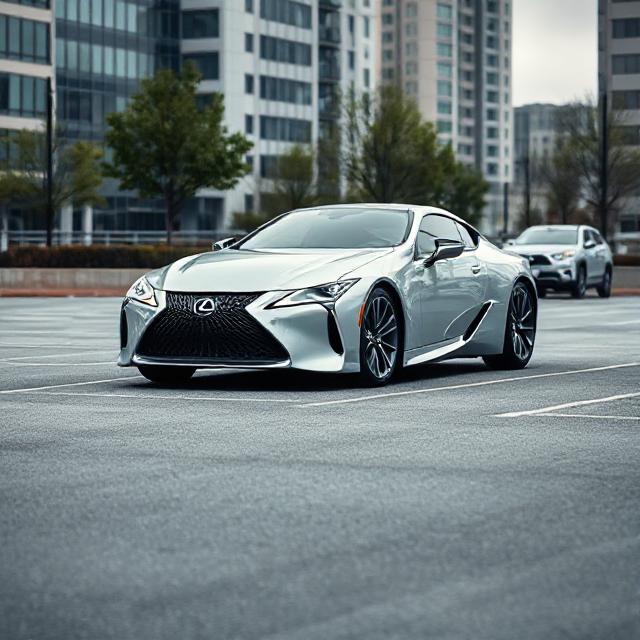
Oh, Lexus. This is another one that’s perfectly fine. It’s based on the same platform as the Toyota bZ4X, but more premium. The problem is… the range. Honestly, the range is just not competitive. For a luxury EV starting at around $60,000, you expect more than like, 220 miles. It’s a lovely, comfortable, quiet car, but that number just spooks people. It feels like a compliance car, not something they really wanted to make.
Mercedes-Benz EQS SUV
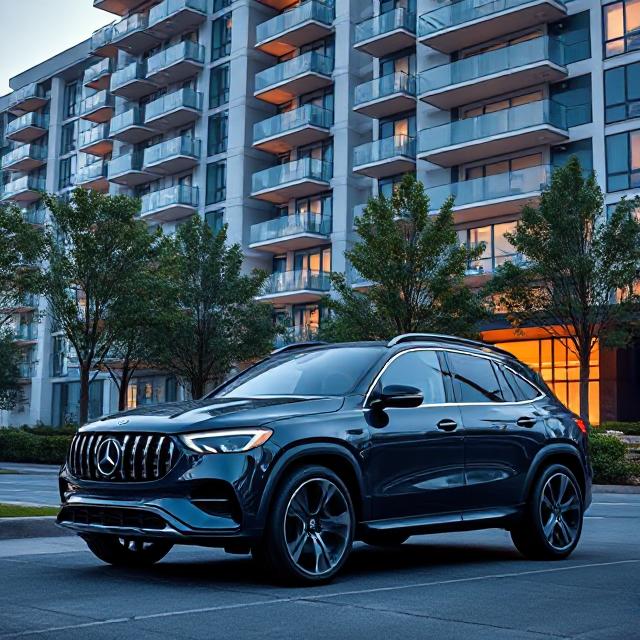
Wait, hear me out. The EQS Sedan is a tough sell because of the… well, the look. But the SUV version is actually quite handsome. The problem is the price. It starts at like $105,000 and can easily go way, way north of that. It’s an incredible tech showcase—that Hyperscreen is insane—but it’s so expensive that the tiny pool of people who can afford it often just get a Tesla Model X or a Rivian R1S for more adventure cred, or a gas-powered GLS because they’re hesitant to go electric at that price point. It’s a victim of its own premium positioning.
Volvo C40 Recharge
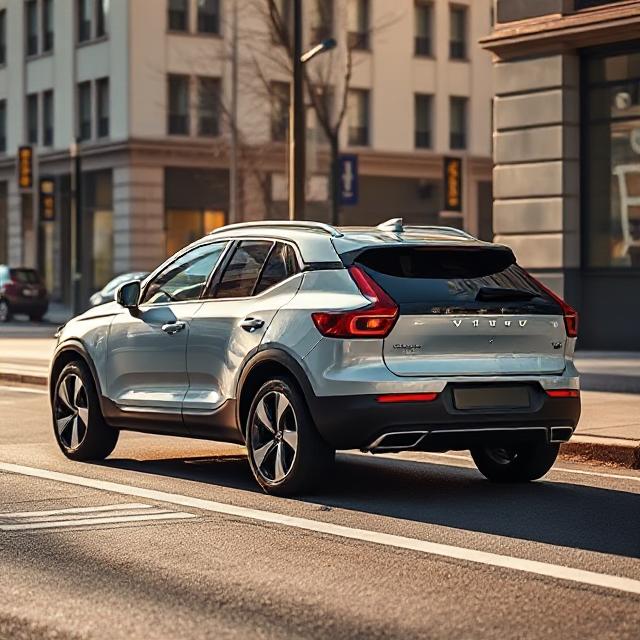
This one is tricky. It’s basically a coupe-version of the XC40 Recharge, which itself isn’t setting the world on fire. The styling is cool, but it sacrifices a bit of practicality for it. And the range and charging speed are just… middle-of-the-pack. For a starting price of around $56,000, it’s in a really crowded segment. I think it just gets lost. It’s a nice car, but why would you choose it over a Model Y? Volvo hasn’t given a strong enough answer.
BMW i7
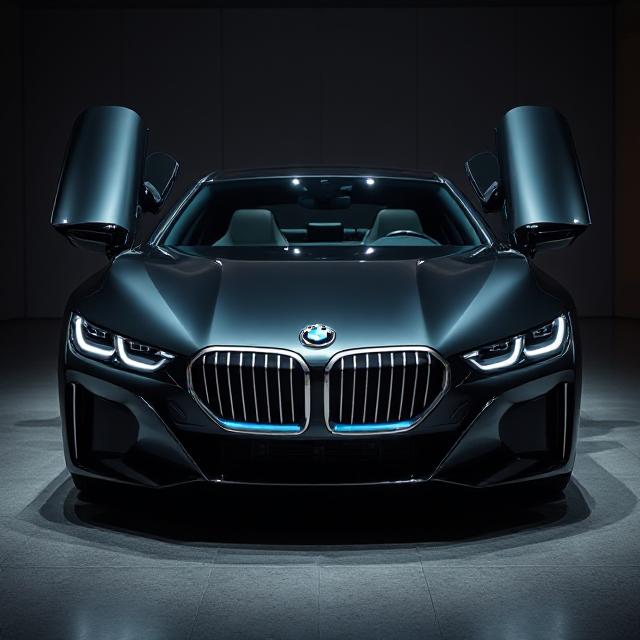
The BMW i7 is an engineering marvel. It’s unbelievably smooth, the rear-seat theater screen is crazy, it’s just… the pinnacle of luxury. But it’s also, like, over $120,000. And it looks… well, it has the new BMW face with the giant grille, which is… divisive. I think a lot of traditional 7-Series buyers are just not ready to go fully electric yet. They want the V8. So it’s this amazing car that’s probably just a few years too early for its own customer base.
GMC Hummer EV SUV

The pickup version got all the hype. The SUV… not so much. It’s the same ridiculous thing—1,000 horsepower, crab walk, fast for its size—but it’s even more impractical and it weighs like 9,000 pounds. And the price is astronomical, like $90,000 to start. It’s such a niche product. Who is this for, really? It’s a statement piece, but it’s a very, very expensive statement that most people don’t want to make.
Mazda MX-30
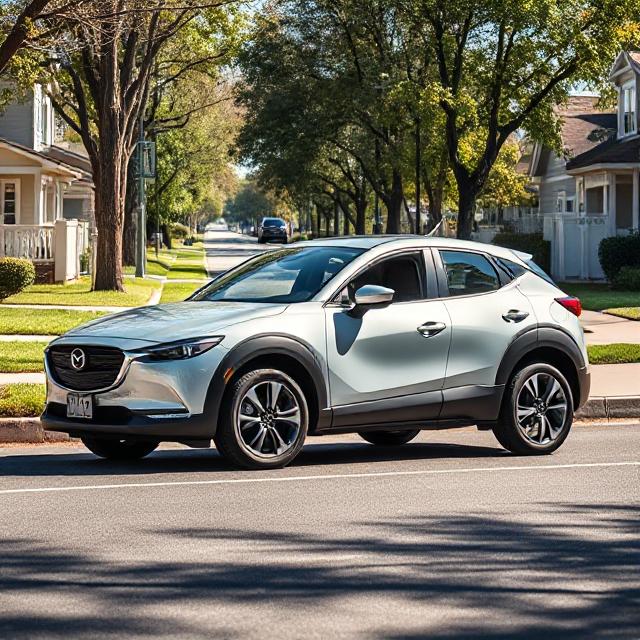
Oh, Mazda. What were you thinking? This thing had a range of only 100 miles. One hundred! And it was priced around $34,000. It was dead on arrival. They’ve already pulled it from the US market. It felt like a compliance car, which is a shame because Mazda usually makes such driver-focused cars. This was just… not it. A real head-scratcher.
Toyota bZ4X
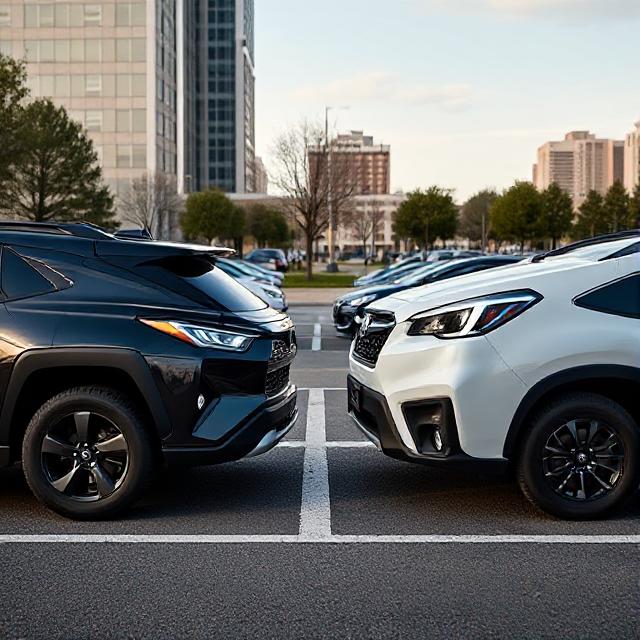
And its cousin, the Subaru Solterra. These two… they had a rocky start with that wheel recall, which really hurt the reputation. And now, they’re just… okay. The charging is slow, the design is a bit awkward, and they feel a bit cheap inside for the price, which starts around $43,000. When you have a Toyota, you expect bulletproof reliability, but the EV tech here feels a generation behind Hyundai/Kia. It’s just not compelling enough.
Cadillac Lyriq
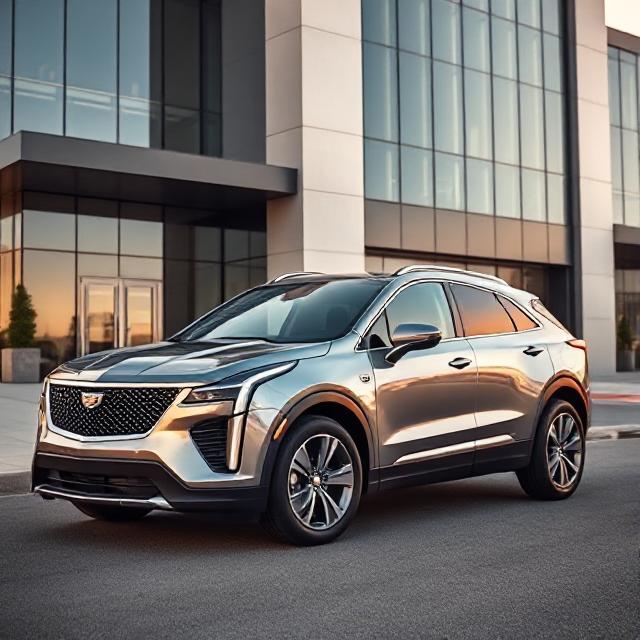
Now, this one might be controversial because it’s new and people are excited. But I’ve been hearing about production being really slow, and dealers slapping on huge markups. So the few that are out there are too expensive. The base price is around $58,000, which is good, but if you can’t find one for that… it struggles to get to buyers who want it. It’s a victim of its own early hype and production hell.

